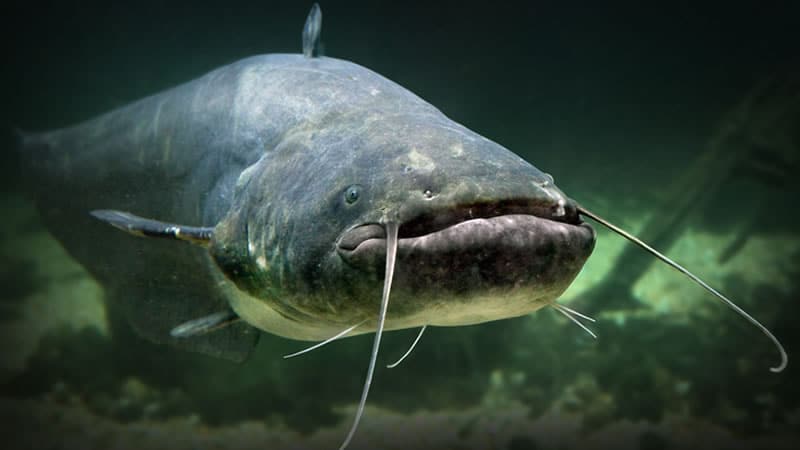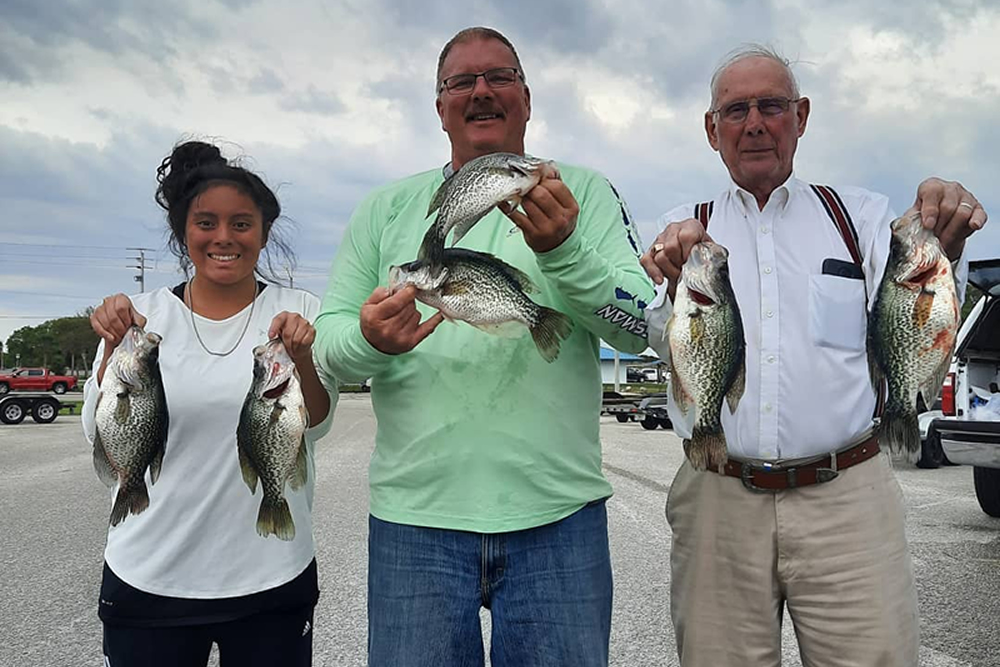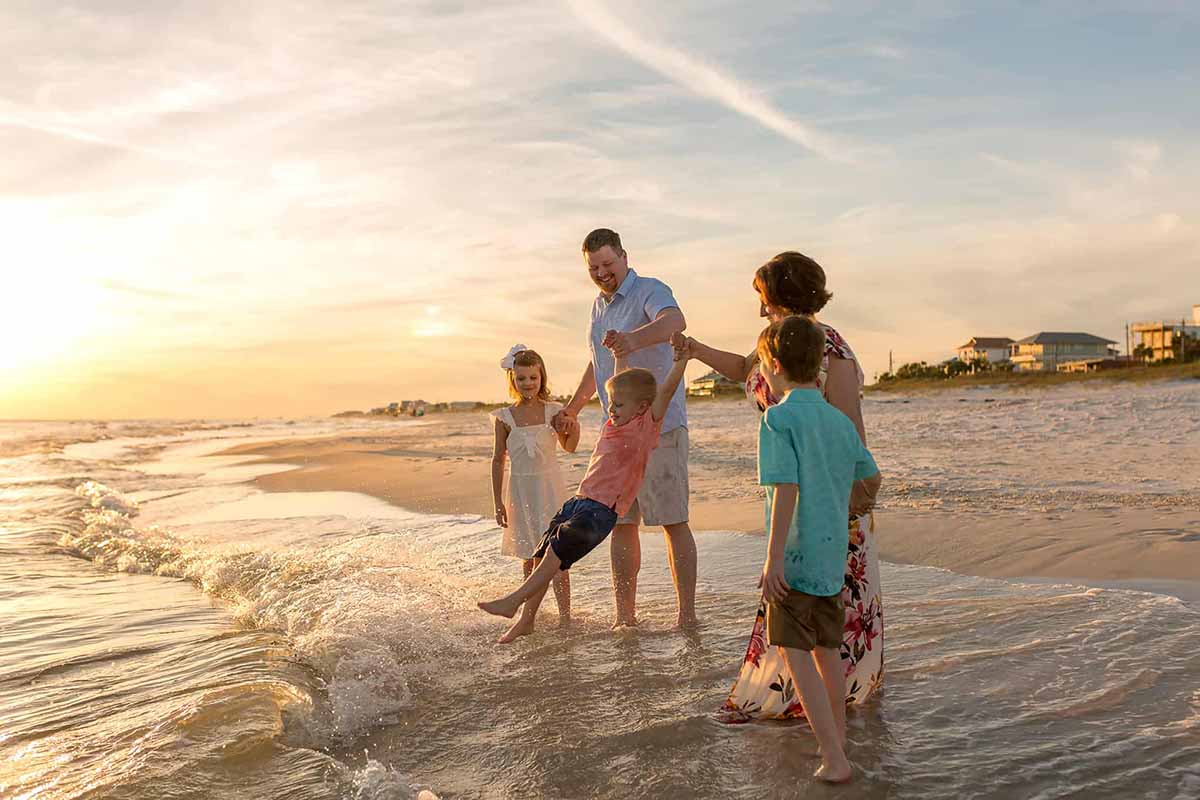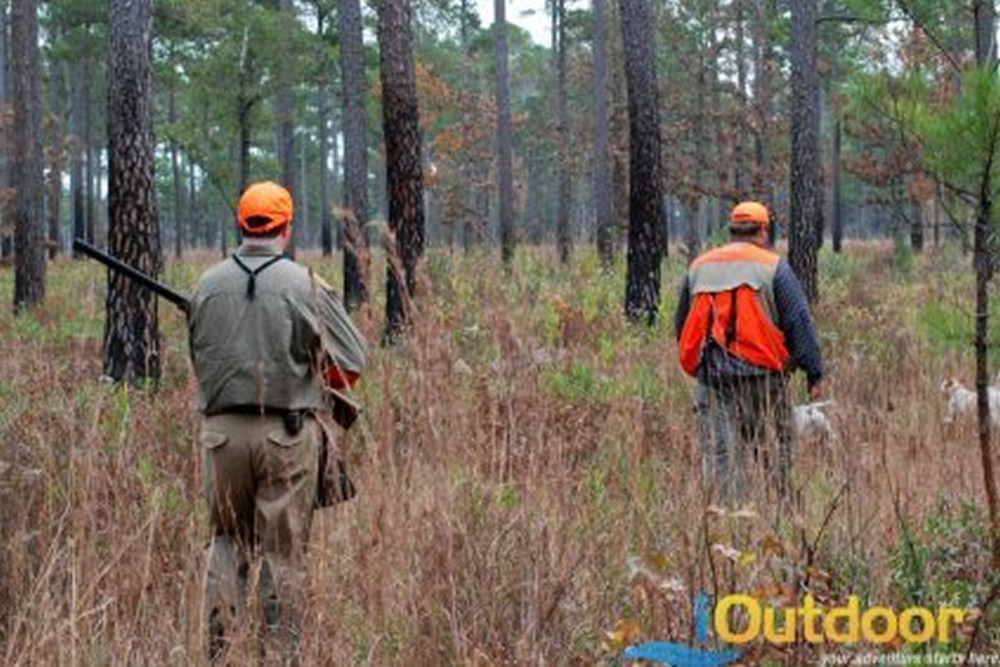Fly Fishing the Flats
Fly fishing is a small sliver of the fishing world in Florida’s inshore waters. But for those who participate, it’s addictive.
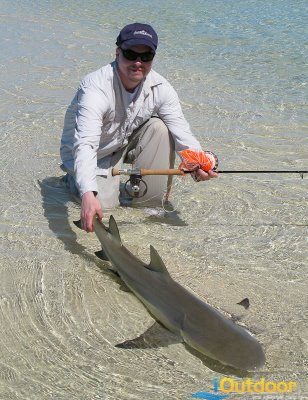 Fly fishers will never land the numbers of snook, redfish and trout caught by the sardine fleet or even by those who cast plugs and jigs. But the equipment they use and the way the fish are sighted, stalked and battled make each memorable.
Fly fishers will never land the numbers of snook, redfish and trout caught by the sardine fleet or even by those who cast plugs and jigs. But the equipment they use and the way the fish are sighted, stalked and battled make each memorable.
Successful winter fly fishing is mostly sight fishing, and that’s the magic of it. The cold water kills off the algae that makes the water cloudy in summer, and the flats become air clear — ideal for visually stalking even hard-to-see critters such as sea trout.
Tampa Bay and Charlotte Harbor have miles of these clear flats, and during a cold winter like this one, the clarity is likely to extend through March. The fish prowl the knee-deep water looking for tiny crabs, shrimp, and killifish that have survived the cold, making ideal targets for fly-fishers.
Wade-fishing is ideal for fly-rodders; it eliminates the problems of hooking the outboard, or your fishing buddy, on the backcast, and also presents a low profile that allows a close, quiet approach without spooking the fish. They can see you almost as well as you can see them, thanks to the clear water.
Saltwater fly-rodding has a bad reputation as being ultra-difficult, mostly because its most dramatic venue is fly fishing for giant tarpon in spring and summer. That fishing does, indeed, require special skills, and the ability to deliver a fly 90 to 100 feet can be essential.
But when wading for snook, reds and trout, a much more leisurely skill set is sufficient. If you can get the fly out there 60 feet — and are a patient, silent stalker — you can catch plenty. Occasionally, if you’re very quiet, you’ll have a redfish swim-up almost within rod length to eat your fly.
Eight-weight gear is the all-around choice for inshore, though those skilled with the tackle enjoy 6-weight, much lighter to handle and much more sporty, especially when a 30-inch redfish inhales the streamer. A weight-forward floating line, maybe a size heavy to ease short-range casting, and 8 feet of homebuilt leader, 30 taperings to 20 taperings to 10-pound-test tippet, is all you’ll need.
An assortment of small streamers and crab flies work well. You can catch plenty of all three flats species never throwing anything but a Clouser minnow in size 2 to 4. Chartreuse or shrimp brown are good colors, and many anglers swear by a bit of gold thread for redfish.
You’ll wade with the sun at your back and wear Polarized glasses to cut surface glare. With a bit of patience, you’ll eventually begin to pick out the bottom clumps that are fish from those that are grass. It’s much like stalk-hunting deer; take a step or two, then stop and scan everything within range before you think about taking the next step.
Often, you’ll see a fin or the tip of a tail pop through the surface, a swirl where a fish chases a baitfish or a puff of mud where a red roots into the bottom.
The casts are usually most successful if landing about 3 to 4 feet ahead of the fish, at an angle so they can be pulled away from them. A fly that appears to “attack” the fish rarely gets eaten.
One good strategy is to let the fly drift down to the bottom, then give it a slight twitch when the fish is within a foot or two — particularly good with crab and shrimp imitations.
Things frequently go wrong in this scenario, and you’re likely to see 10 fish for every one you catch. But seeing them and enjoying the beauty of the flats is a big part of the reason fly fishing has such a strong following in the Bay area.
The best way to learn fly fishing is to join one of the active local clubs: the Tampa Bay Fly Fishing Club in Tampa (www.tbffc.org) or the Suncoast Fly Fishers in St. Petersburg (www.suncoastflyfishers.com). Regular meetings where they share information and provide free casting instruction make it easy to get started.
BY FRANK SARGEANT
Tribune correspondent



